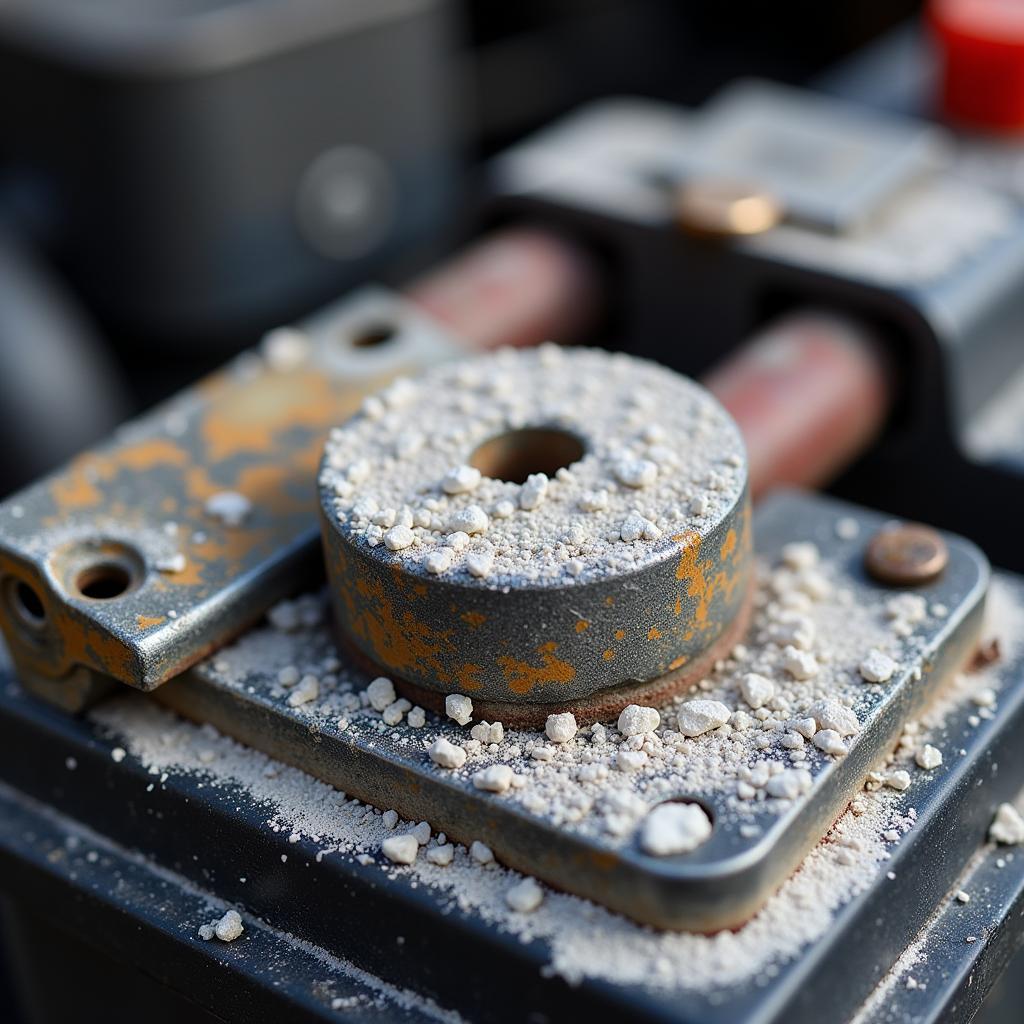The Toyota Corolla brake pad warning light is a crucial safety feature designed to alert you when your brake pads are wearing thin and require replacement. Ignoring this warning can lead to costly repairs and compromise your safety. This article provides comprehensive information on the Toyota Corolla brake pad warning light, helping you understand its causes, diagnosis, and solutions. Learn how to address this issue effectively and ensure optimal braking performance for your Corolla.
If your Toyota Corolla brake pad warning light illuminates, the first step is to determine the underlying cause. While worn brake pads are the most common reason, other factors can trigger the warning light. These may include low brake fluid, a faulty brake pad wear sensor, or issues with the braking system itself. Understanding these potential causes is crucial for effective troubleshooting.
brake warning light toyota corolla
Decoding the Toyota Corolla Brake Pad Warning Light
The brake pad warning light is typically a small, illuminated symbol on your Corolla’s dashboard, often resembling a circle with parentheses around it. When this light comes on, it signifies that your brake pads are nearing the end of their lifespan. This usually means they have worn down to a predetermined thickness, triggering the wear sensor embedded within the brake pad.
What Triggers the Warning Light?
The warning light is activated by a small metal tab on the brake pad wear sensor. As the brake pads wear down, this tab eventually comes into contact with the brake rotor, completing an electrical circuit and illuminating the warning light on your dashboard. This system ensures you receive timely notification before the brake pads wear down completely, preventing damage to the rotors and maintaining safe braking performance.
Diagnosing the Problem: Beyond Worn Brake Pads
While worn brake pads are the most frequent culprit, it’s important to consider other potential issues. Low brake fluid can also trigger the warning light, as it indicates a potential leak or other problem within the brake system. A faulty brake pad wear sensor itself can also be the issue. Sometimes, the sensor can become damaged or disconnected, leading to a false warning.
Checking Brake Fluid Levels
Checking your brake fluid level is a simple yet essential step. Locate the brake fluid reservoir under the hood of your Corolla and inspect the fluid level. If it’s below the minimum mark, add brake fluid to the appropriate level, ensuring you use the correct type specified in your owner’s manual. However, consistently low brake fluid may indicate a leak, which requires immediate professional attention.
“Regularly checking your brake fluid level is a simple preventative measure that can help you avoid potential brake problems down the road,” advises John Davis, a seasoned automotive technician with over 20 years of experience.
Troubleshooting the Toyota Corolla Brake Pad Warning Light
If your brake fluid level is adequate, the next step is to inspect the brake pads and wear sensors. This typically involves removing the wheels to gain access to the brakes. Carefully examine the thickness of the brake pads. If they are significantly worn, replacement is necessary. Also, check the wear sensor for damage or disconnection. If the sensor is faulty, it should be replaced.
When to Seek Professional Help
If you’re not comfortable working on your car’s brakes or are unsure about any aspect of the diagnosis or repair, it’s crucial to seek professional assistance. Brakes are a critical safety system, and any issues should be addressed by a qualified technician. They can properly diagnose the problem, replace worn components, and ensure your braking system is functioning optimally.
brake system warning light toyota corolla
Maintaining Your Corolla’s Braking System
Regular maintenance is key to preventing brake problems and ensuring your Corolla’s braking system remains in top condition. This includes routine brake inspections, timely brake pad replacements, and regular brake fluid flushes.
“Proper brake maintenance not only ensures your safety but also can extend the lifespan of your brakes and prevent more costly repairs in the long run,” adds Maria Sanchez, a certified automotive instructor and consultant.
In conclusion, the Toyota Corolla brake pad warning light is a vital safety feature. Understanding its meaning and addressing the underlying issue promptly are essential for maintaining your safety and preventing further damage to your Corolla’s braking system. Regular maintenance and timely repairs are crucial for optimal braking performance and your peace of mind. If you’re unsure about any aspect of your Corolla’s brake system, consult a qualified technician for expert advice and service.
gmc sierra brake warning light
FAQ
- How often should I replace my Corolla’s brake pads? Brake pad lifespan varies depending on driving habits and conditions. Consult your owner’s manual for recommended replacement intervals.
- Can I drive with the brake pad warning light on? While you might be able to drive a short distance, it’s highly recommended to address the issue immediately to avoid further damage and ensure your safety.
- How much does it cost to replace brake pads on a Toyota Corolla? The cost varies depending on the type of brake pads and labor rates in your area.
- What are the signs of worn brake pads besides the warning light? Other signs include squealing or grinding noises when braking, a spongy brake pedal, and reduced braking performance.
- Is it necessary to replace both front and rear brake pads at the same time? Not always. Brake pads typically wear down at different rates. Replace only the pads that are worn.
- Can I replace my Corolla’s brake pads myself? If you have mechanical experience, you may be able to replace them yourself. However, if you’re unsure, it’s best to consult a professional.
- What type of brake fluid should I use in my Toyota Corolla? Refer to your owner’s manual for the specific type of brake fluid recommended for your model year.

